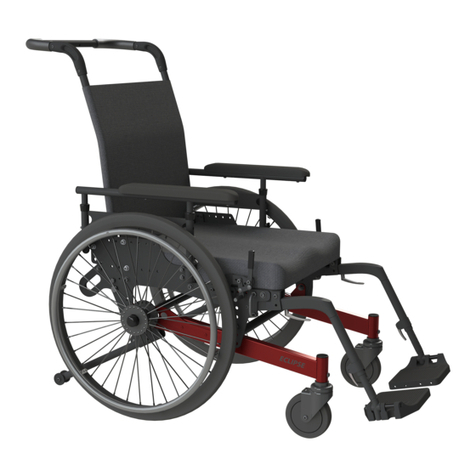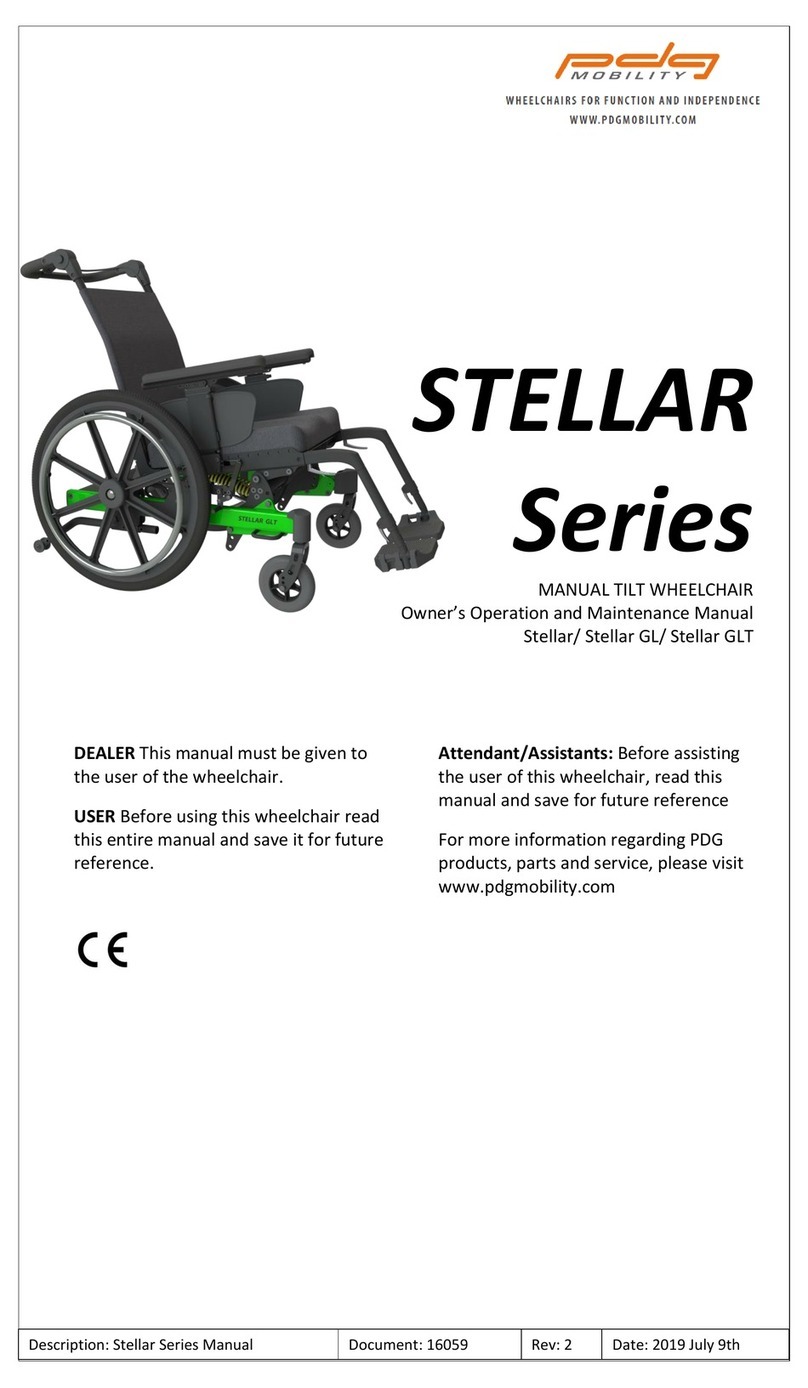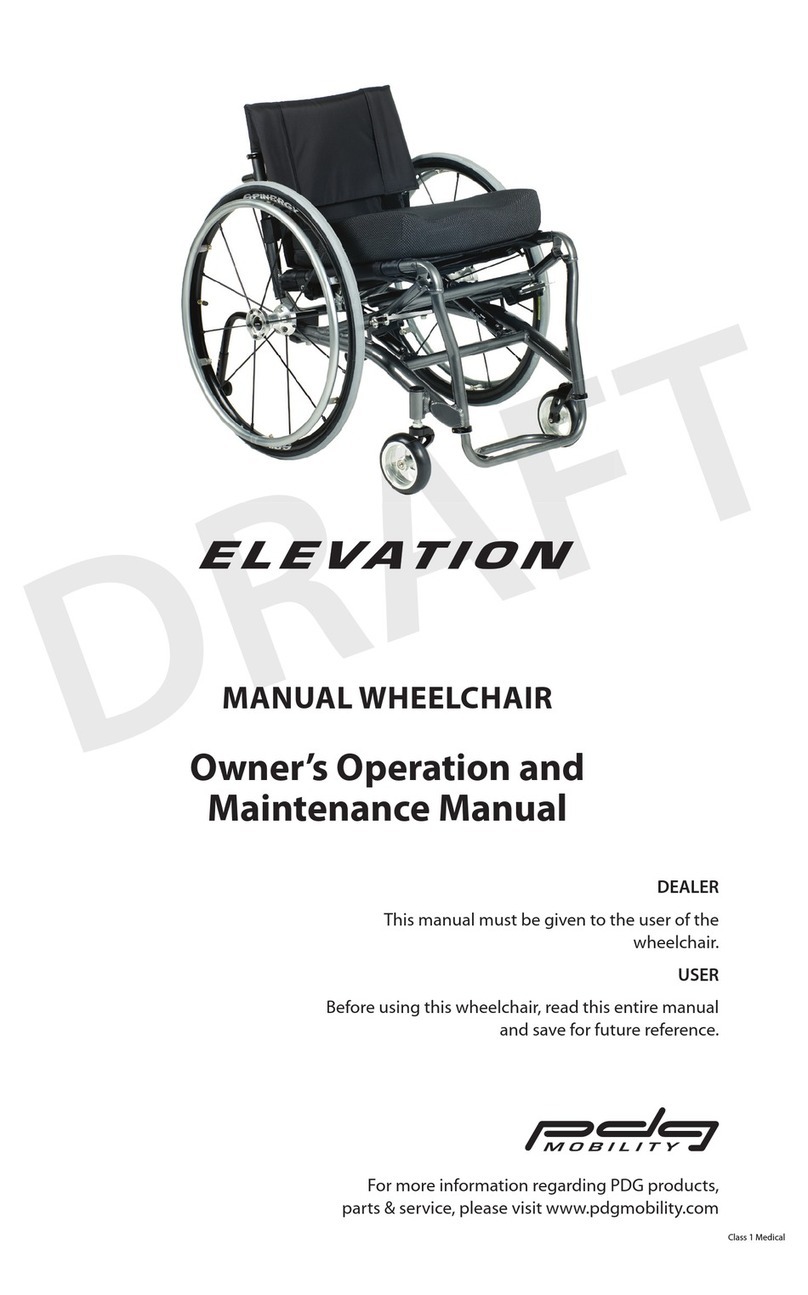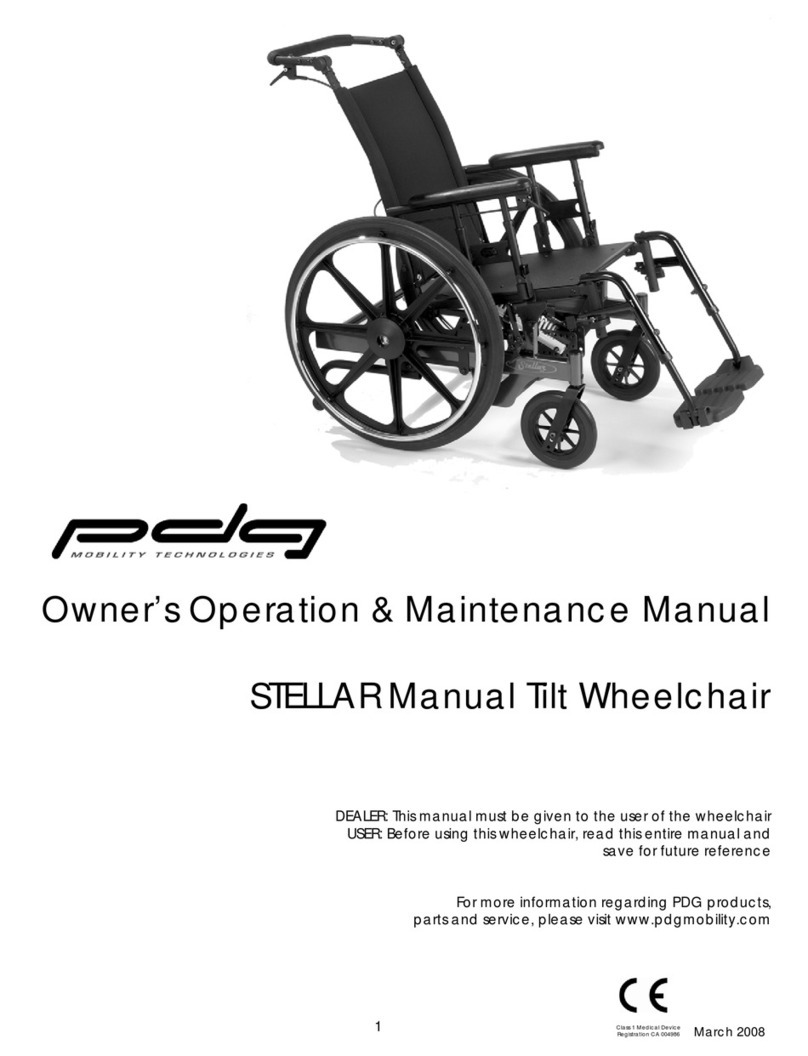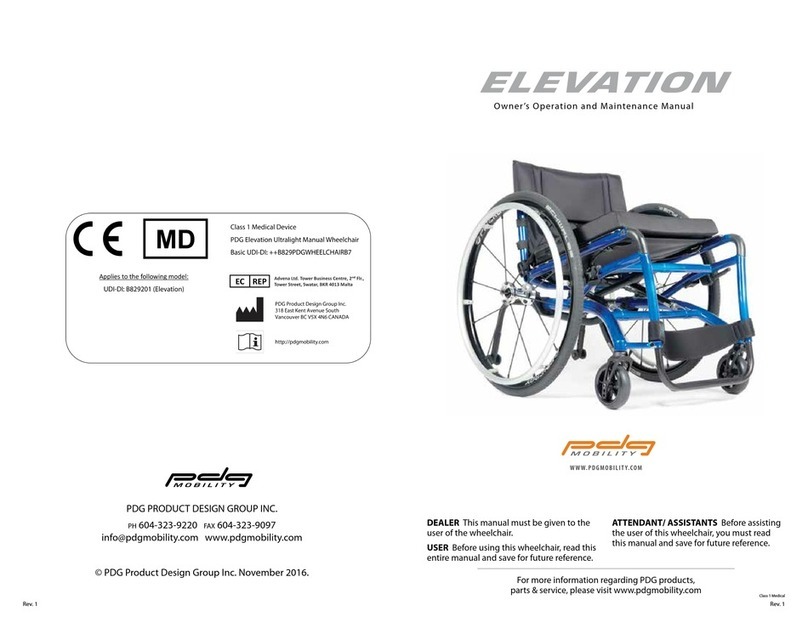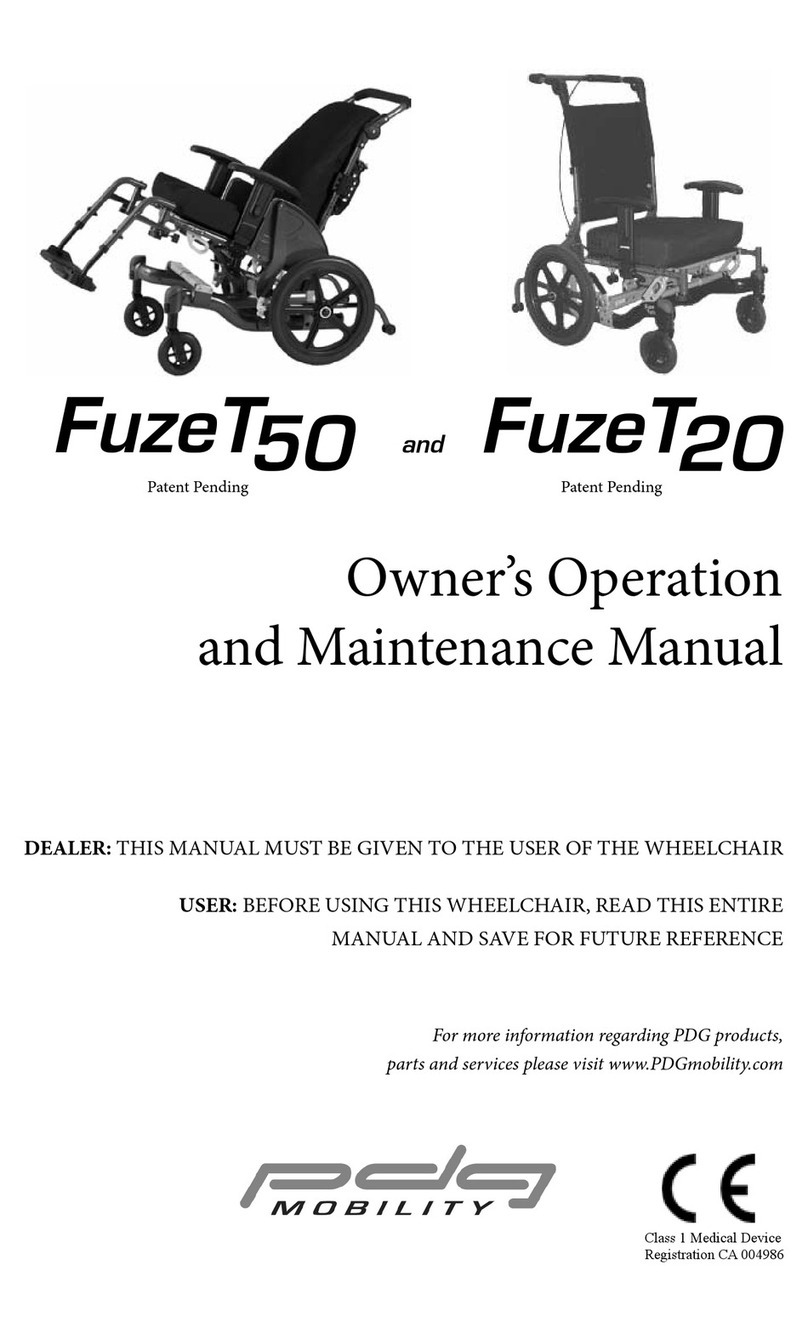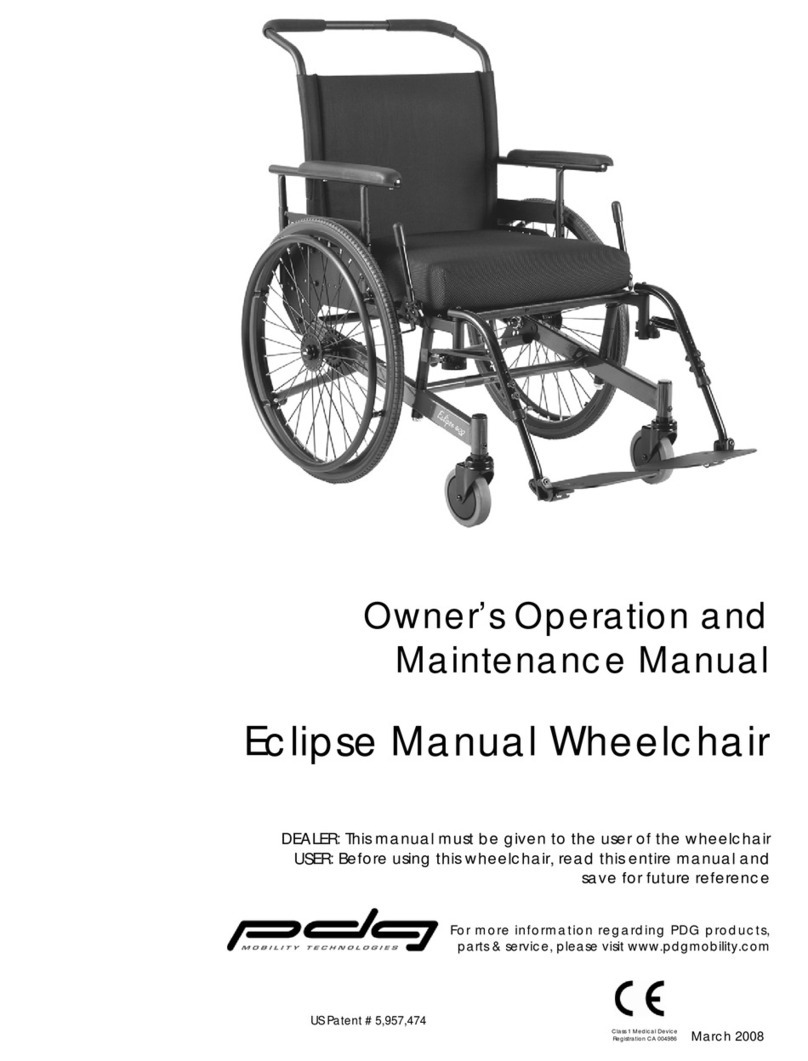
2
TABLE OF CONTENTS
Label Locations ................................................................................................................................3
1.0 Special Notes
A. Warnings .............................................................................................................................................4
B. Special Notes.....................................................................................................................................4
C. Unpacking..........................................................................................................................................4
D. Out of the Box Assembly Instructions.............................................................................................5
E. Inspection...........................................................................................................................................5
F. Storage ...............................................................................................................................................5
G. Contacting a Qualified Service Agent to Obtain Service.........................................................5
H. Specifications ....................................................................................................................................5
I. Additional Information .....................................................................................................................6
2.0 Indications for Use................................................................................................................................7
2.1 Contra-Indications for Use
A. Information for Health Care Professionals or Assistants ..............................................................7
B. Operating Information .....................................................................................................................7
C. Weight Training..................................................................................................................................8
D. Weight Limitation ..............................................................................................................................8
E. Stability and Balance .......................................................................................................................8
F. Safety and Handling of Wheelchairs .............................................................................................9
G. Note to Wheelchair Assistants.........................................................................................................9
H. Curbs and Steps................................................................................................................................9
I. Tilt Use..................................................................................................................................................9
J. Stairs ..................................................................................................................................................10
K. Transferring To and From Other Seats..........................................................................................10
L. Reaching, Leaning and Bending – Forwards .............................................................................10
M. Reaching, Leaning and Bending – Backwards..........................................................................10
N. Motor Vehicle Use...........................................................................................................................11
3.0 Troubleshooting...................................................................................................................................12
4.0 Maintenance
A. Maintenance Safety Precautions ................................................................................................12
B. Tools Required .................................................................................................................................12
C. Cleaning...........................................................................................................................................13
D. Recommended Maintenance Schedule ...................................................................................13
5.0 Operation
A. Front Rigging....................................................................................................................................13
B. Armrests ............................................................................................................................................14
C. Seat and Back.................................................................................................................................14
D. Rear Wheels .....................................................................................................................................15
E. Front Casters ....................................................................................................................................16
F. Seat-to-floor Height ........................................................................................................................16
G. Adjustable Seat Tilt .........................................................................................................................17
H. Adjust the Gas Strut and Cable Assembly..................................................................................18
I. Operating the Floor Jacks .............................................................................................................19
J. Using Seat and Backrest Protective Padding ............................................................................20
K. Contacting Your Supplier to Obtain Service..............................................................................20
L. Set-up of 16” / 24” Rear Wheel Anti-tippers ...............................................................................21
6.0 Testing ....................................................................................................................................................21
7.0 Warranties .............................................................................................................................................22
